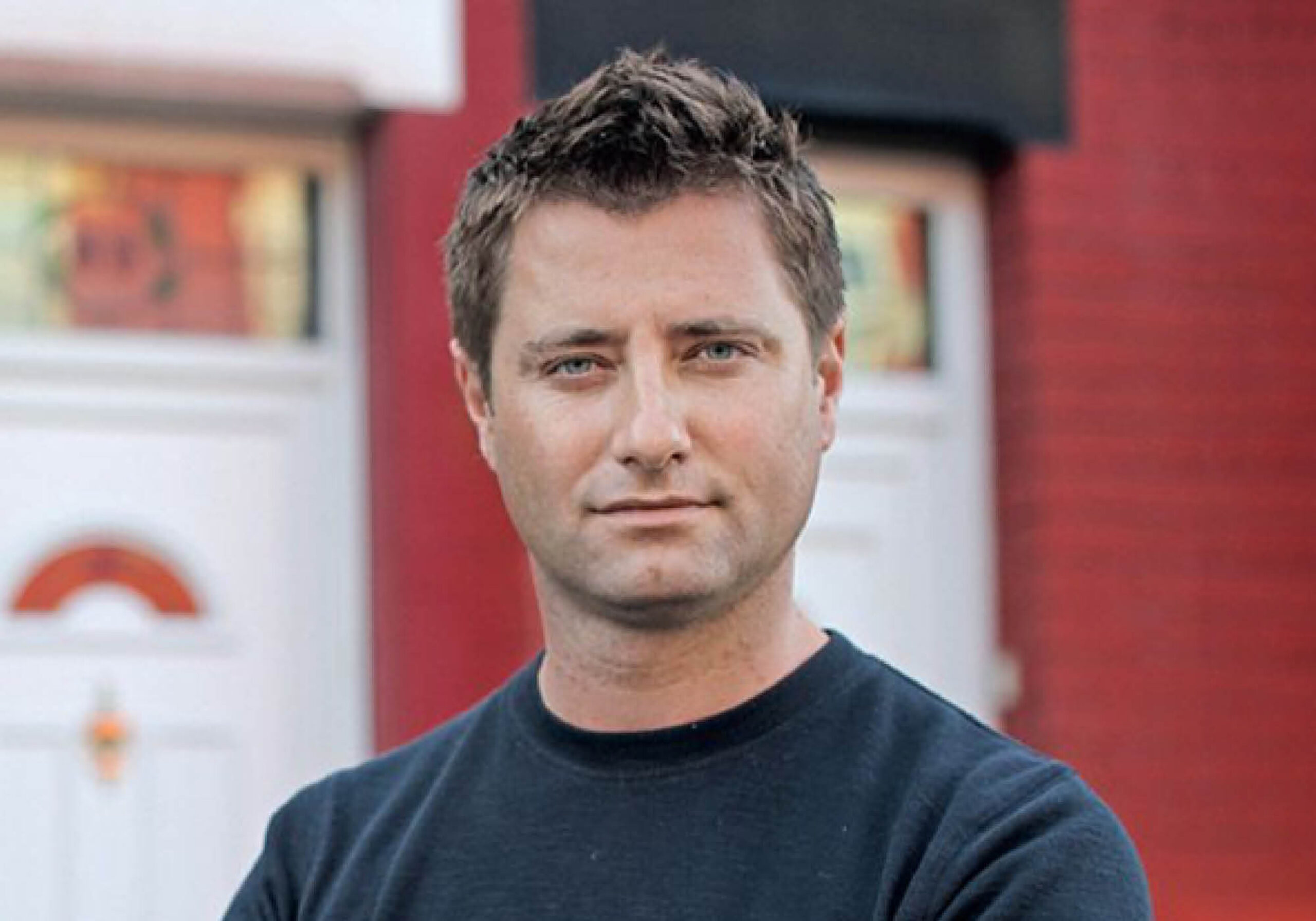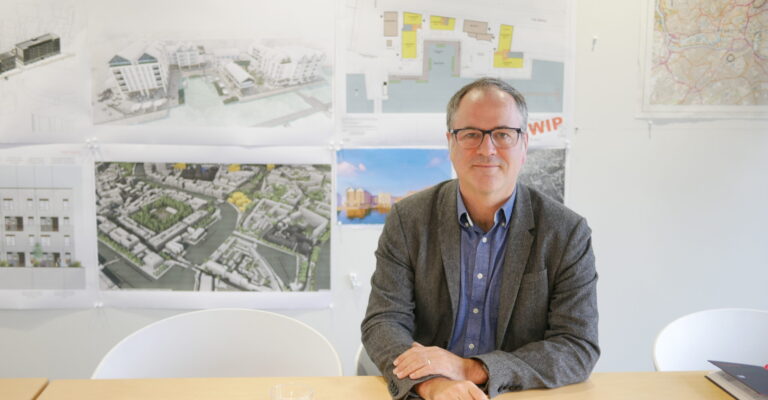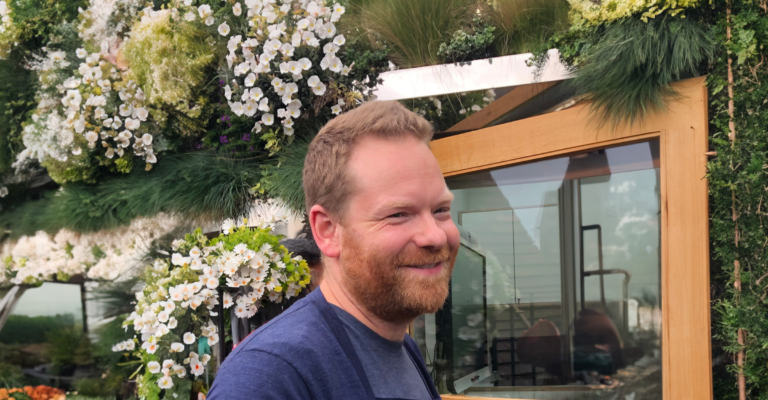
Design Thinking
Thangam Debbonaire Speaks to George Clarke
An interview with architect and broadcaster George Clarke by Shadow Secretary of State for Housing Thangam Debbonaire MP and Shadow Minister for Housing Mike Amesbury MP.
What impact has the 2013 and 2020 extensions to permitted development had on the quality of our housing?
They’ve helped the government drive up the number of homes being built, but I’ve always said housing cannot just be a numbers game. There is no point in building homes that aren’t any good. Of course, there are some schemes that have been built under permitted development that are of a decent standard, but I’ve not seen many. Although the idea of permitted development was well-intentioned to speed up housing delivery, it hasn’t worked out as I think many of us had hoped. There are 3 things that are often asked for in most new housing development …to be high quality, to be delivered quickly and to be cheap (the new word is affordable which many homes aren’t) and you CANNOT have all 3. You cannot build fast, cheap and to a high standard. You can have any 2 of the 3, but you cannot have all 3.
How do we ensure that we are building high-quality, safe and well-connected homes at affordable prices?
HA! See above. My only addition would be to say you need to take a long-term approach and have a long-term strategy. If we had a brilliant 30-50 year plan for housing then I doubt we would have a housing crisis. But, we haven’t. That’s why the system isn’t working. Short-term thinking cannot solve the housing crisis.
What effect would the Government proposal to allow more commercial properties to convert into housing through permitted development have on our town centres?
Town centre and city centre living is amazing! It brings places to life, particularly at night. Look at cities like Manchester where 30 years ago very few people lived in the city center. Now, it is absolutely buzzing and it’s a really exciting place to be. But, often I look around quiet town and city centres where the commercial and retail spaces ABOVE shops are completely wasted and could make great homes if we were to get safe and secure access to them. There are millions of square feet of spaces ABOVE shops doing very little other than being storage for the lower retail space. These spaces could be lived in if we can get them right. But, I’m dead against converting ground floor retail spaces into homes. That will be the final nail in the coffin for the high street and there will be no going back.
What impact does permitted development have on our ability to reach our net-zero goals?
It’s a big problem. Ecological and net-zero carbon standards aren’t anywhere near where they should be for new build properties or for retrofit housing. There is absolutely no way we are going to meet our ‘net-zero’ targets for 2050 at the current rate of change. We just aren’t going to do it.
How do we ensure we increase housebuilding without compromising on the quality of the homes we build?
Through valuing high-quality design and taking an innovative, long-term approach to housing development. We should be building the greenest homes in the world that are going to last 200 years and are the envy of the world. But, we aren’t doing that at all! Overall we have a relatively low-standard, short-term industry. Build homes fast, cheap, sell them as quickly as possible, for maximum profit and move onto the next. The argument against raising design and ecological standards from the big housebuilders is that it will make homes more unaffordable. If that is the case then the system doesn’t work and need to change the system. As a planet and as a country we cannot afford TO NOT build to higher design and ecological standards. Work out the extra costs for quality over the 200-250 years life span of an amazing house and you’ll see its incredible value for money. It will improve the quality of life of the family that lives there and will make a positive contribution to the environment. We need to be living ‘with’ nature, not destroying it and fighting against it. I’ve always said that Mother Nature would make the best architect in the world. She would get the balance right.
Houses aren’t units. They are HOMES. The position of these homes, how they are placed in the built environment and what amenities surrounded them, are vital to community building.
George Clarke
Many units created under permitted development have been criticized for being badly designed - but the Government is also pushing the idea of ‘building beautiful’ in their planning system reforms. What role should design and beauty play in our home building, and how can we ensure we build homes in which people want to live?
Design and beauty should play an enormous role is creating the homes and communities our country needs. The government simply doesn’t have a clue how to get there, because they’ve lost control of the system. They depend on others, powerful organizations who are driven by profit, to deliver the hosing numbers for them. The ‘build better’ report was great, but I’m not sure what real impact it is going to have. I have a stack of government-commissioned reports collecting dust going back to 1997 that recommend some incredible, industry-changing things, but very little actually happens to drive innovation and great design forward. If anything, in some cases you could say we’ve gone backward as the housing and affordability crisis deepens. I worry for young people today.
Criticism on permitted development homes has also been centred on the sites on which units are built – sometimes in industrial or commercial sites unsuitable for residential living. What emphasis should we put on placemaking as we aim to increase development – and how has that changed in the wake of Covid-19?
Firstly, we need to stop using the word ‘units’. Houses aren’t units. They are HOMES. The position of these homes, how they are placed in the built environment and what amenities surrounded them, are vital to community building. We are social animals. We love to go to pubs, shops, cafes, restaurants, theatres concerts, and sporting venues. I think COVID has made us realize we need a vibrant mix of all these things more than ever. Life isn’t just about having a home and going to work (or staying home to work!). Life is for living and its the buildings, places and spaces where we come together that makes life exciting
As a planet and as a country we cannot afford TO NOT build to higher design and ecological standards.
George Clarke



